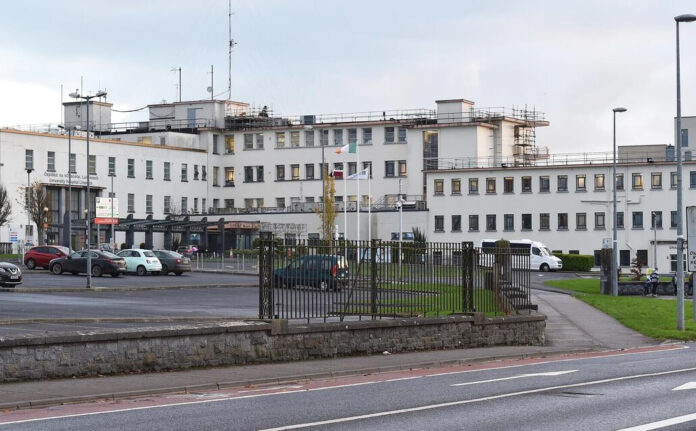
THERE are an additional 198 in-patient beds on the way for Mid West hospitals by 2028.
That’s according to Health Minister Stephen Donnelly who last week announced that there would be an extra 3,500 more hospital beds countrywide built by the year 2031.
University Hospital Limerick is set to receive an additional 84 beds by 2028, with 48 extra beds for Ennis, 24 going to Nenagh Hospital. Further down the line, 42 beds are ringfenced for St John’s Hospital in Limerick City between 2029 and 2031.
These are extra beds roto the bed-blocks already underway in UHL and will start to be rolled out by March of next year, while the 42 for St John’s will commence in 2029 and be in place by 2031.
As well as increased hospital bed capacity, Minister Donnelly promised more staff would be recruited to work in the health service.
The HSE has welcomed the announcement. The CEO of the HSE Bernard Gloster said: “We are in the process of being reshaped into a community-focused health service, better designed to deal with the greater level of ongoing support for people with chronic conditions.
“In that model there will still be a need for more and better acute hospital services, designed to provide short periods of often intensive and complex acute hospital care. The beds plan set out today will help us to meet this need.”
The Irish Nurses and Midwives Organisation’s (INMO) General Secretary Phil Ní Sheaghdha said staff must be hired to open those beds.
“The INMO welcomes the announcement regarding the delivery of beds but delivery is entirely contingent on correct and safe staffing levels. For every acute medical/surgical bed It requires a minimum of one additional nurse per bed and higher numbers for high dependency and complex needs and seven additional nurses per bed for intensive care unit beds,” she said.
“To realistically achieve this increase we must significantly increase undergraduate nursing and midwifery places and introduce bespoke retention measures to ensure nurses and midwives stay in the system.


